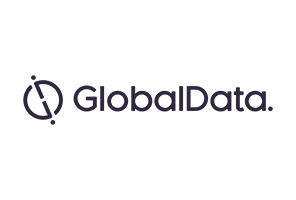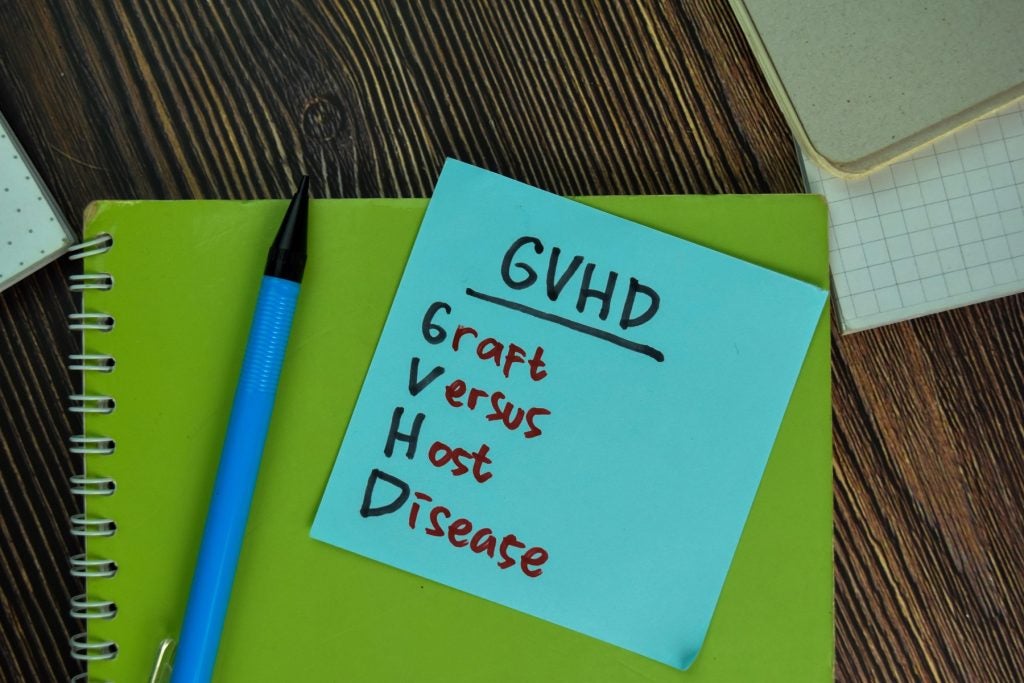
The type 2 diabetes (T2D) market boasts a large number of available drugs and is dominated by numerous “me-too” drugs, a unique feature of the T2D market due to its ability to support multiple drugs within single drug classes.
“Me-too” drugs have similar mechanisms of action (MOAs) to the original drug, with minor chemical differences. These drugs can help doctors to take a more patient-tailored approach; however, due to the number of drugs with the same MOAs, key opinion leaders (KOLs) interviewed by GlobalData say they are discontent with the lack of new T2D treatment options.
One of the overarching problems with T2D drugs is the lack of enduring efficacy: the drugs’ decreasing ability over time to effectively treat hyperglycemia. The overabundance of “me-too” drugs and the lack of T2D drugs with novel MOAs don’t help. Specifically, KOLs said that novel treatment options for T2D that provide superior glycemic control compared to marketed drugs are urgently needed.
On the other hand, the American Diabetes Association (ADA) guidelines push for a more personalized approach, which will promote continued market entry of “me-too” T2D drugs. “Me-too” drugs made to address patient compliance, reduce cardiovascular risk, or treat patients with impaired kidney function are sure to find a niche in the T2D market.
Although drug classes such as dipeptidyl peptidase 4 inhibitors, glucagon-like peptide-1 receptor agonists, sodium-glucose co-transporter 2 (SGLT-2) inhibitors, and insulin analogs continue to dominate the T2D market and pipeline, agents that belong to new (but relatively similar) drug classes or are administered via a novel delivery technology are currently being investigated in late-stage clinical trials or are pending regulatory approval. These agents include Lexicon Pharmaceuticals’ and Sanofi’s sotagliflozin (dual SGLT-1 and SGLT-2 inhibitor) and Intarcia Therapeutics’ ITCA 650 (platform that continuously releases exenatide).
T2D, a chronic disease that alters the way the body processes glucose, remains without a cure or transformative therapy that reverses disease pathology. The number of people diagnosed with T2D will continue to increase at an annual growth rate (AGR) of about 3.3% across the seven major markets (US, France, Germany, Italy, Spain, UK, and Japan), from approximately 56 million patients in 2016 to 78 million patients by 2026, as forecast by GlobalData.
How well do you really know your competitors?
Access the most comprehensive Company Profiles on the market, powered by GlobalData. Save hours of research. Gain competitive edge.

Thank you!
Your download email will arrive shortly
Not ready to buy yet? Download a free sample
We are confident about the unique quality of our Company Profiles. However, we want you to make the most beneficial decision for your business, so we offer a free sample that you can download by submitting the below form
By GlobalDataDespite the large number of drugs available to treat this enormous patient population, the unmet need remains for novel T2D drugs that confer superior glycemic control compared with currently available treatments.







